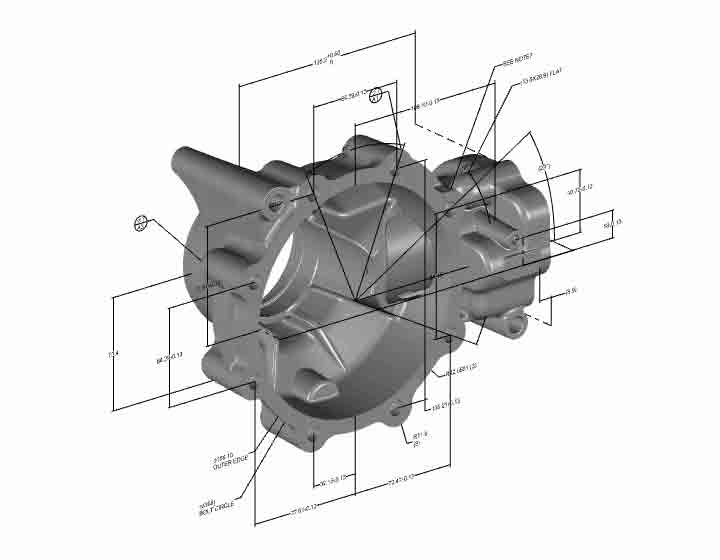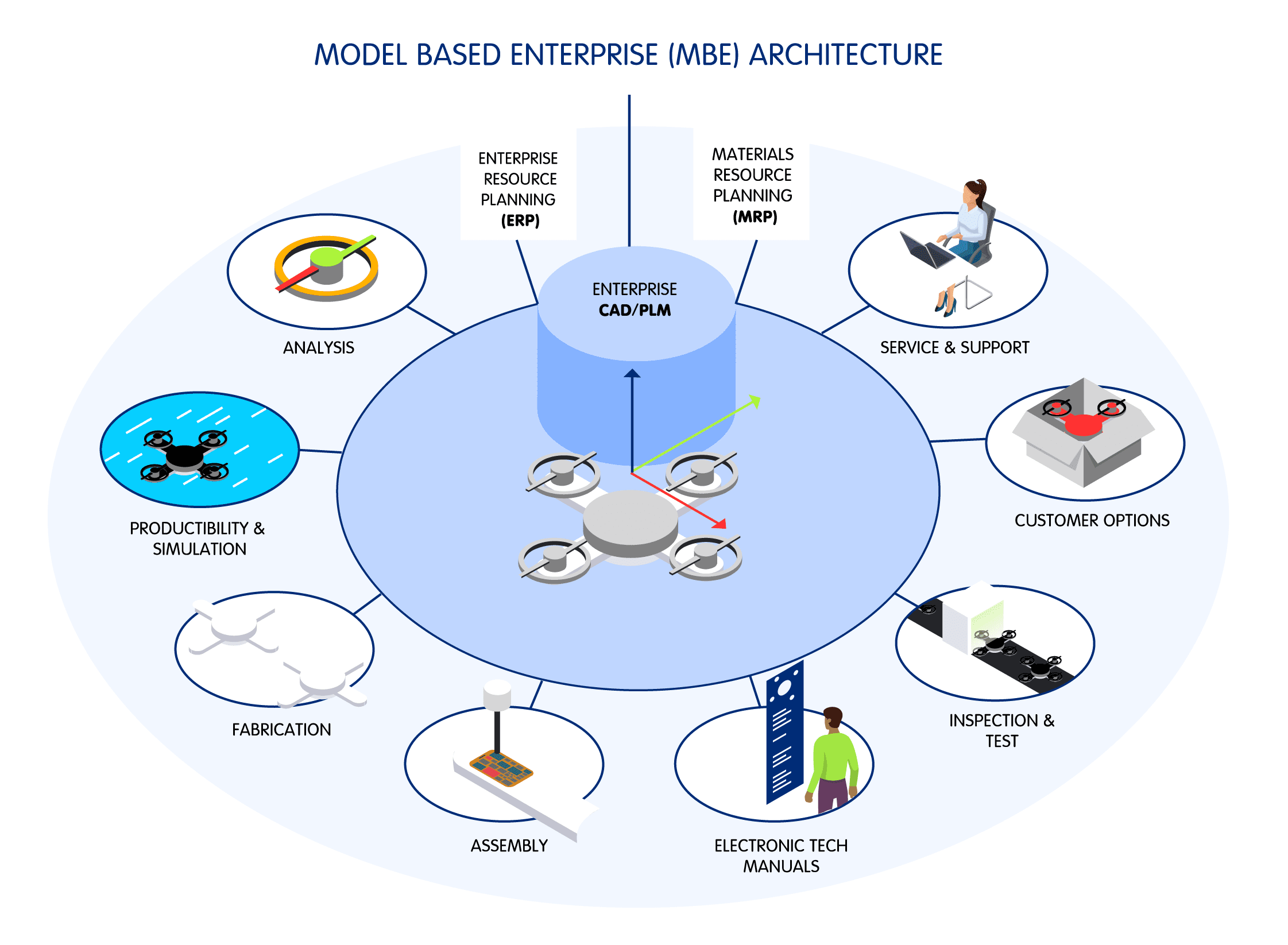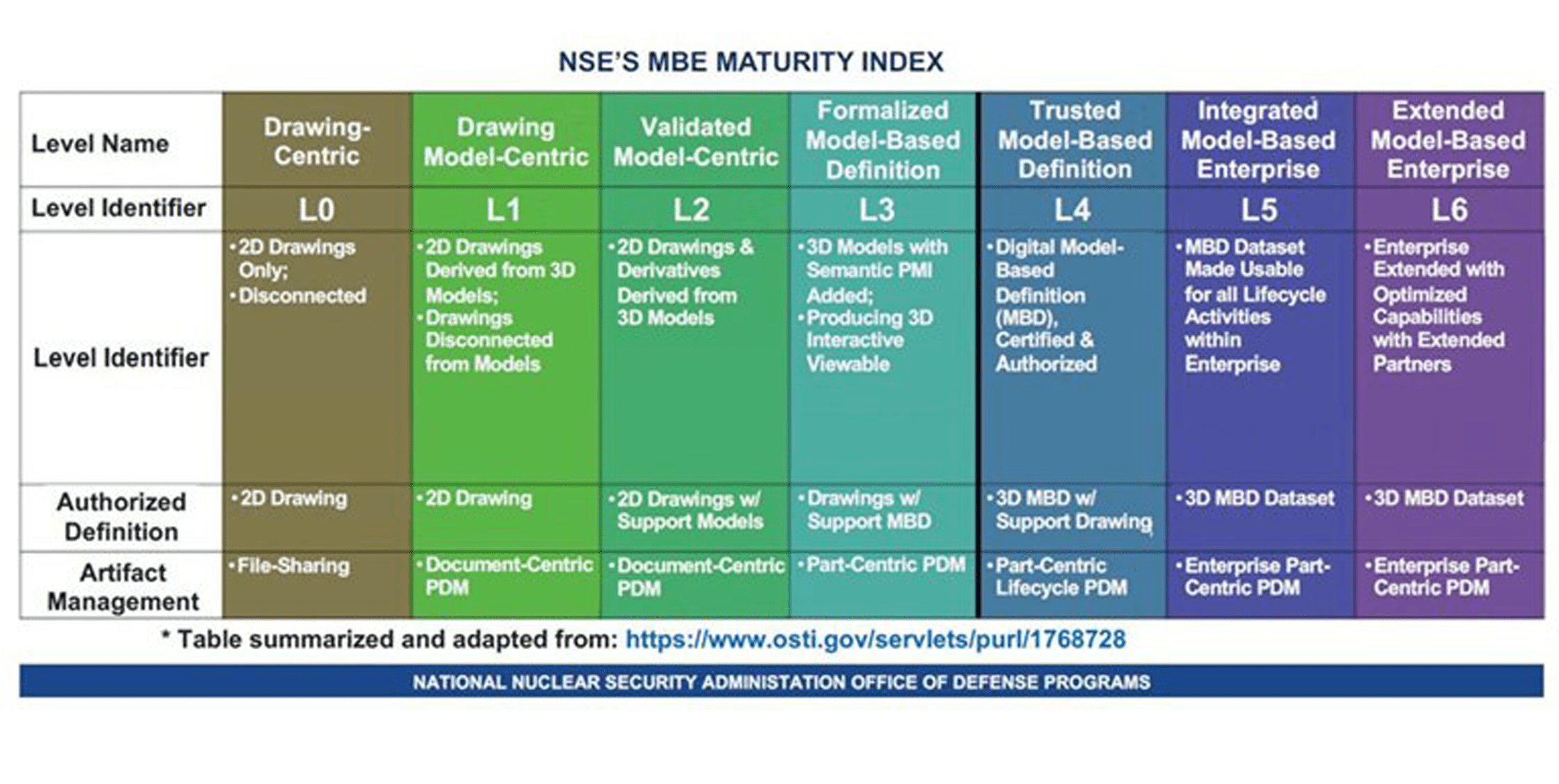29 SEPTEMBER | 3 MIN READ
Next generation Digital Thread: The Model-Based Enterprise Part 1
Last week in our article, we explored and demystified all the model-based approaches that are reshaping the future of manufacturing and engineering. This time we will focus a deep dive on the Model Based Enterprise (MBE).
So, what is the concept of a Model Based Enterprise (MBE)?
BLOG POST
Understanding the Different Model-Based Approaches: MBSE, MBD, and MBE
Read More →
BLOG POST
Sure, you have your data center protected against fire...
Read More →
MBE is an engineering strategy that aims to clarify design during the manufacturing process by using the 3D Model-Based Definition (MBD) that includes all the Product and Manufacturing Information (PMI) associated with manufacturing the product.

Image curtesy of https://www.goburnsocial.com/manufacturing
MBE is the overarching concept that brings together Model-Based Systems Engineering (MBSE) and MBD. It represents a comprehensive strategy for an organisation to leverage digital models across the entire product lifecycle.
In an MBE, digital models are used not only for design and manufacturing but also for quality control, Maintenance, Repair Overhaul (MRO) and beyond. It’s about creating a Digital Thread that seamlessly connects every phase of a product’s journey, this thread is a communication framework that connects data and information from across the product lifecycle.

How long has it been kicking around?
MBE, which originated in the 20th century, gained prominence in the late 20th and early 21st centuries due to digital technology advancements. It became widely adopted in the early 2000s to enhance collaboration and efficiency in product development and manufacturing.
Maturity Index
In the realm of the MBE, the concept of the Maturity Index stands out as a guiding compass for organisations on their digital transformation journey. Much like a roadmap, the Maturity Index helps companies assess their current state in adopting MBE principles and charts a course towards higher levels of maturity. It's not just about implementing advanced digital tools; it's about cultivating a holistic culture of collaboration, data-driven decision-making, and efficiency across the entire product lifecycle.
The Maturity Index, often organised into stages or levels, enables organisations to measure their progress, identify areas for improvement, and ultimately reach the pinnacle of MBE maturity. It's a powerful tool that not only gauges technological proficiency but also reflects an organisation's commitment to excellence in the ever-evolving landscape of modern manufacturing and engineering.
Organisations such as INCOSE, NIST, NSE and others define MBE as having seven levels of maturity, or gates to success (see graphic).

Get your own maturity score
On average, companies expect the journey to full maturity to take about seven years.
A great example of the MBE Maturity Index framework coming to life is the tool created by the National Security Enterprise (NSE), that an organisation can use to assess itself as, and ease transition to a MBE.
Through broad categories of activities, topics within a category, and facets of a topic, this tool shows a progression towards becoming more digital, better integrated, and more automated.
Results from this assessment will allow your organisation to tailor a MBE roadmap of where you want your organisation to be in some future state. Then this roadmap can be used to develop a MBE implementation plan.
The latest released version of this tool and corresponding papers with presentations are found via the following URLs.
https://www.sandia.gov/mbit-mbe/2022/04/05/nsc-mbe-maturity-index-issue-b/
Next time
In part two of the next article in the series, we will look at how you can modernise the way you think about Product Lifecycle, how the data flows through the digital thread and what the tangible benefits are to the business on the road to becoming a Model-Based Enterprise.


